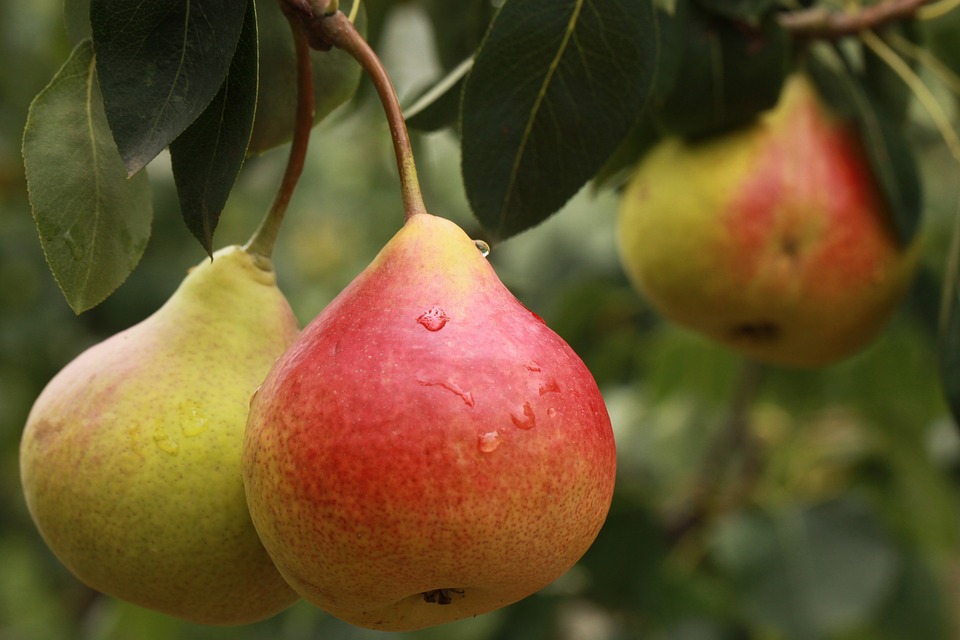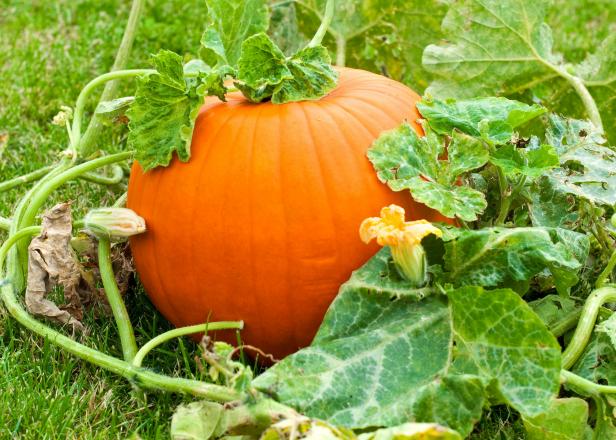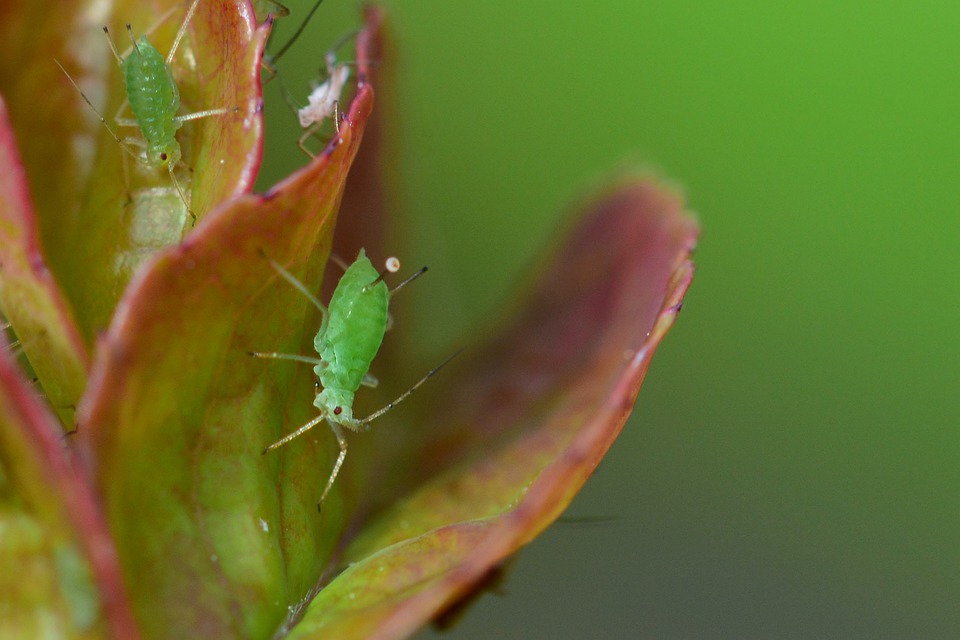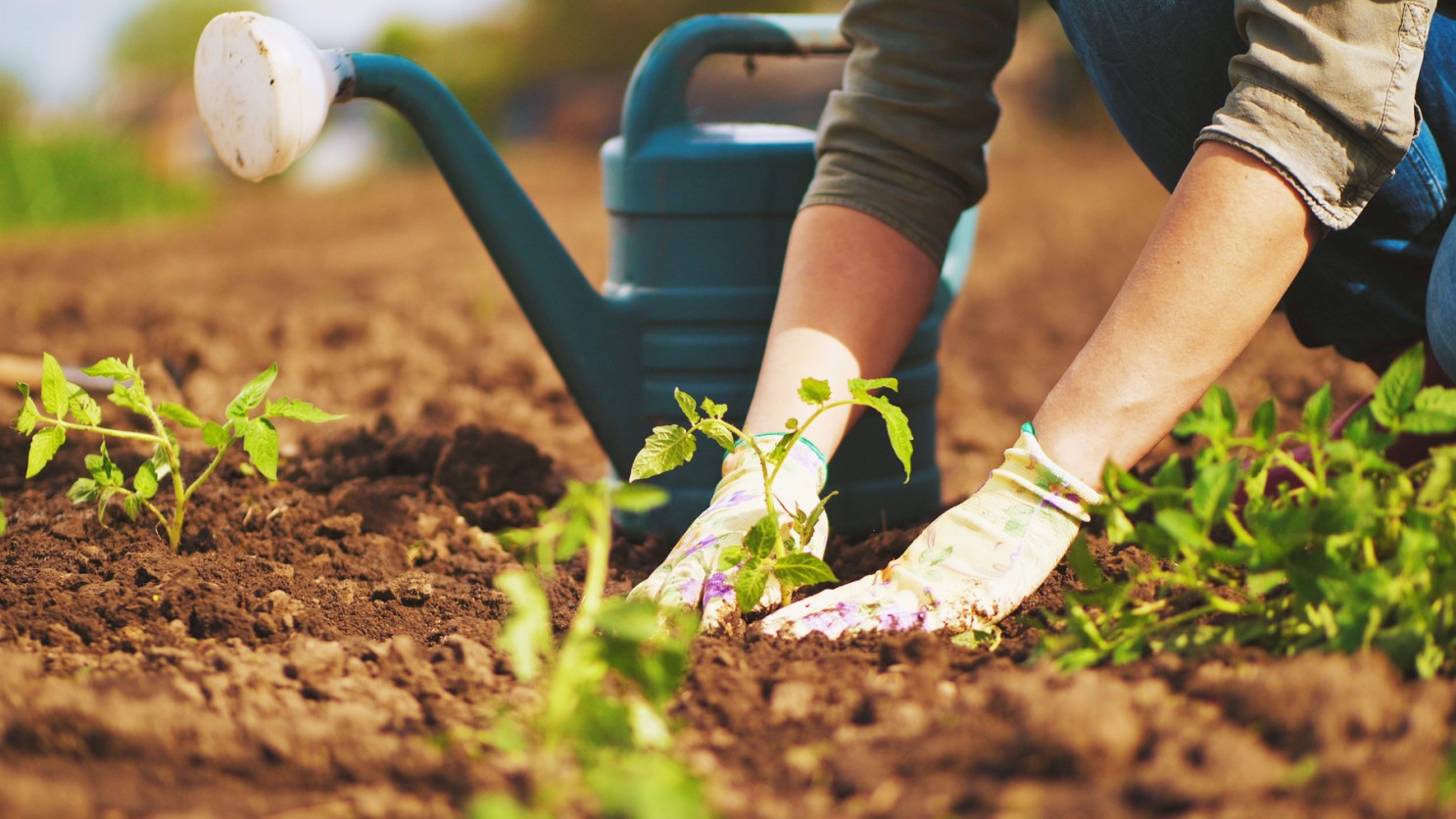Growing pears is a rewarding experience for the home gardener, but there are a few things to know about planting before getting started. Read on to find out what they are!
Planting Pears in the Garden
Before you start planting pears in your garden, consider the size of your pear tree. The largest trees can be as tall as 12 meters. Depending on the size of your property, consider choosing a dwarf or semi-dwarf variety. Bartlett is the most common domestic pear, but there are several varieties. Contact a reputable nursery in your area to determine which variety will grow best.
Pear trees can be grown from seed, but you will harvest faster if you purchase a seedling. Smaller, well-shaped trees will give better results than tall, skinny trees when planting pears.
How Do I Plant a Pear Tree?
Once a tree has been selected, the next step is planting. Pears need to be in full sun. Choose a location that will provide at least 6-8 hours of sunlight, not only for the sapling but also for the mature pear tree. Planning ahead will make tree care easier.
Dig a wide, deep hole and mix plenty of compost into the soil. Remove the tree from the container, including the cloth, and place it in the hole at the same depth it was in the container. Lightly spread the roots, fill the hole, and add amended soil. Water well and continue to water regularly, once or twice a week, until the roots are well established.

Pruning
Knowing how to plant a pear tree is not enough. An essential part of pear tree care is pruning, and the first pruning should be done soon after the tree is planted. Leave the central leader, select three to five branches that grow outward instead of upward, and prune the rest. Cut off the ends of the remaining branches to encourage growth. There are many books and articles on pruning, but removing lateral branches and rapid upward growth is sufficient for the home gardener. The pear tree will bear fruit in three to five years.
Diseases & Mulching
Compared to other fruits, pear trees are simple and easy to care for. They are less susceptible to disease and insect damage, which makes it easier for the grower. Pear tree care begins immediately after planting. They should be sturdily staked into the ground so that the tree will grow straight and withstand wind damage. Mulch to a depth of 2-3 inches. (5-7.5 cm) in a 3-foot (91 cm or more) circle around the tree to prevent competition for nutrients and moisture from weeds.
Fertilizer
Unless you have impoverished soil, fertilizing once a year should be sufficient. In fact, too much fertilizer will result in beautiful trees but no fruit; for gardens with only one or two trees, fruit tree fertilizer spikes are ideal. It is easy to use and releases enough fertilizer slowly throughout the year.
Some gardeners insist that insecticides and a dormant oil application just before buds bloom are essential for the proper care of pear trees. However, to grow pear trees, you have to make sure that it is necessary before using it. As mentioned above, pears are less susceptible to insect damage than other fruits. Also, since bees are the main pollinators of pear trees, be careful not to drive them away or kill them.

Even if the first harvest, which is usually small and often inedible, is badly damaged, there is plenty of time to reevaluate for the next season. Why work and spend more money than necessary? First, look at what nature gives you.
Remember that some people have been growing pear trees in their backyards for a long time. Grandma fell in love with the deliciousness of the fruit, and Grandpa fell in love with the fact that once established, it takes very little work!





